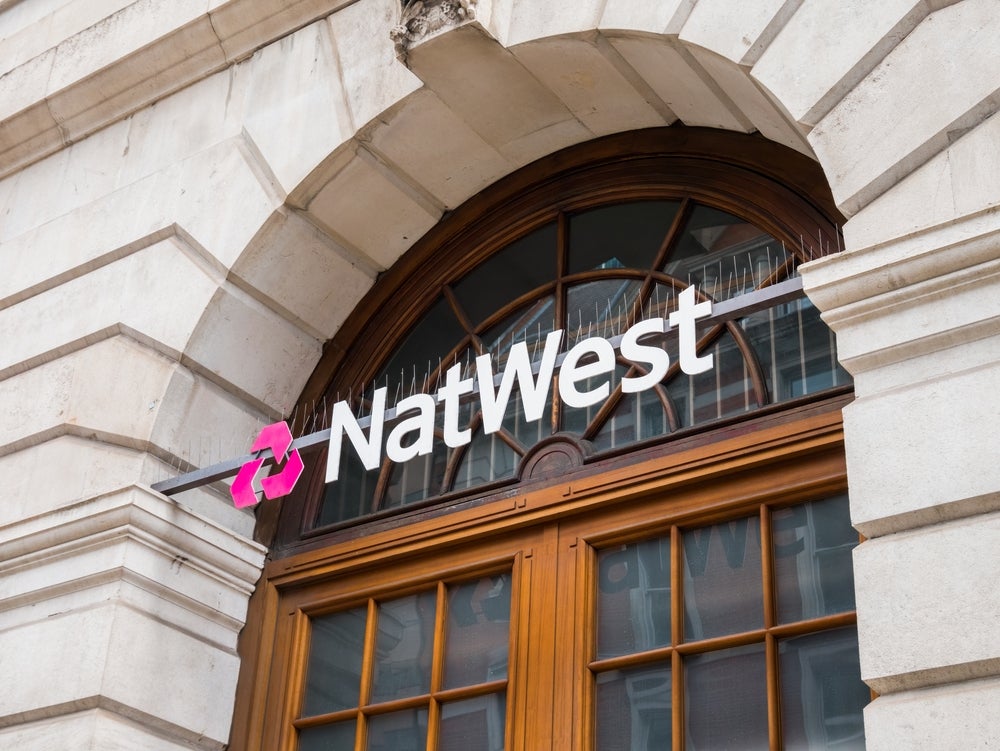Digital lending: Incumbent retail banks are reimagining their customer journeys to match the benchmarks being set by new entrants and big tech providers to stay relevant. This means having to design a lending process that is digital from end-to-end, where origination, eligibility checks, approval, and servicing can be completed within a few seconds than a few days.
Listed below are the key macroeconomic trends impacting the digital lending theme, as identified by GlobalData.
Ongoing diversity in financing models
Incumbent banks generate revenue by holding deposits and lending a ‘fractional’ amount to customers at an interest rate higher than they put out to attract deposits. Meanwhile, new independent platforms that either do not partner with banks or seek to obtain a bank license through acquisition, raise debt and equity funds through institutional investors, and make funds available through a direct online channel, as OnDeck and Kabbage do. These funding models, and their viability, will be impacted differently by ongoing market dislocations.
Covid made niche lenders mass market
The best approach for alternative lenders is a laser-like focus on one underserved segment. Pre-Covid, that may have meant a small but significant unbanked, underbanked, gig economy, or ethnic-/gender-based group. But amid Covid-19 it can mean millions of consumers who were until only months ago very high-scoring credit applicants.
Covid-19 also increased the need for more financing, more quickly, to individuals and firms that were difficult to assess. New digital lenders, such as OakNorth and Starling in the UK, with limited legacy, were able to modify workflows and dispense government-backed loans more quickly and more securely, operating at a critical proof point and moment of truth. Similar scenarios prevailed for PayPal and Intuit in the US.
Lack of clarity re: exposures and interest rates
Many banks face huge uncertainties around asset quality, accentuated by the polarisation in economic prospects between different sectors. Meanwhile, though the Bank of England had asked banks to prepare for a long-term environment of low-interest rates, it is also possible that higher inflation, prompted by resurgent consumer spending and disrupted supply chains, could lead to the first material increases in interest rates for decades.
How well do you really know your competitors?
Access the most comprehensive Company Profiles on the market, powered by GlobalData. Save hours of research. Gain competitive edge.

Thank you!
Your download email will arrive shortly
Not ready to buy yet? Download a free sample
We are confident about the unique quality of our Company Profiles. However, we want you to make the most beneficial decision for your business, so we offer a free sample that you can download by submitting the below form
By GlobalDataNeed to cut costs
Regardless of the medium-term direction of the economy, incumbent banks face continued cost pressure. The automation of lending will free up staff for more high-priority projects, while enabling banks to grow their lending book without the need for a higher headcount. In particular, origination costs are increasing, especially in mortgages. Rising origination costs cause margin compression.
The best digital retail lending institutions often run operations at lower costs than their traditional competitors, in some instances achieving as much as 70% lower cost of origination, 60% lower costs on the front end, and 80% lower costs for middle and back-office functions. This is the operating model incumbent banks seek, to remain competitive and relevant.
This is an edited extract from the Digital Lending – Thematic Research report produced by GlobalData Thematic Research.









Related Company Profiles
PayPal Holdings Inc
Kabbage Inc
Intuit Inc